On Friday, May 2nd, I had an appointment to take my car into Vandermeer Toyota in Cobourg. the second time taking my vehicle in since Ruth’s passing. We have been long time customers of the Vandermeers and I was touched by the card of condolence that arrived a few days later, after speaking with and explaining things to Liz.
I suppose this is how things get easier over time. On my second visit, I had no explaining to do, but in any case, I didn’t see any of the old gang. I think Marty has retired now and Hank wasn’t in his office. When the appointment was over, it was just gone noon and being a beautifully and sunny day, I decided to go for a drive and clear my head ending up at Nawautin Nature Sanctuary just south of Grafton.
Tom Groot, aka The Flying Dutchman, had told me about this place but I’d never been before. For some reason, it came to mind as I pointed my car east out of town. It’s a small park on the shores of Lake Ontario and I found it quickly on my phone’s map app which took me there. Stepping from the car I saw a Canada Goose standing guard, well sitting on guard at the west entrance. A weathered sign displaying the park boundaries and a system of short trails winding around several ponds. I found the park and trails in excellent shape and well cared for.
Notice the park bench. There are many spread throughout the park, making sitting and watching wildlife easy sport. Sanctuary is a good description for this park. Not only for the wildlife, but for haman visitors as well.
The goose sat still as I walked past it to the water’s edge. The day was relatively calm with an steady but light onshore breeze that was surprisingly warm considering it was blowing in off Lake Ontario this early in the season. Trees within the park shelter the wetland giving the water a glassy and highly reflective appearance. Many of the decidous trees were already in leaf, well ahead of those on my inland property which lies about 18 miles north as the crow flies. In the middle of the pond was a drifting white swan; in the distance a covered bridge. The sound of redwing blackbirds could be heard drifting through the air from unseen sources within the park. Other than that, it was largely quiet.
My only problem was deciding which path to take. Which way to go. I headed right towards the bridge and the lake in the distance. The park is filled with dried reeds knocked down over the course of the winter.
Not far along the path I spotted this common grackle, which seemed to be calling out in alarm. As I stepped to the water’s edge to get a closer look and take the photo above, I saw something move amongst the reeds. It was a beaver.
Beavers are active across the site with multiple dams. I considered myself fortunate to see this one in broad daylight several feet from the grackle. Then it spotted me and dove quickly out of site. Within minutes of arriving, I was already enthralled. What a little gem of a park this place is.
Canada Geese can be seen everywhere at the site. the longer I stayed the more saw and heard. May is one of the best times to visit the park as the Geese are busy taking care of their broods. Every few minutes Geese would land or take off from the still waters and small islands scattered throughout the wetland. Flying in low they would skid to a stop like float planes coming in for their landings.
From the covered bridge, a view of a beaver’s dam holding back water clogged by floating reeds near the shoreline. A small overflow of water escaping around the left edge of the structure and down onto the rocky beach towards the lake.
I held my camera close to the contoured surface of this spillway, the stream flowing swiftly across multi-coloured rocks shining brightly in the midday sun. Several feet away, two water forces challenge each other for dominance. The incoming surf and the outgoing flow of this small tributary driven to victory by gravity into the aquamarine waters of Lake Ontario.
I continued along one of the pathways to circumnavigate the the wetland. As I did, I was followed by this male swan. At least I assumed it was a male. This was the same bird I had seen earlier from the entrance. As I sat and watched, it repeatedly dove down grabbing vegetation off the bottom and then emerging with water flowing in droplets down its long neck. This is a mute swan, I found out later when I looked it up online. Not native to North America it is considered and invasive species, but a very beautiful one all the same. As compared to Tundra Swans which are native, these have orange beaks, a large black bulb above the beak and slightly yellow heads and necks. It kept a close eye on me and followed me as I walked along the path from the bridge. A human couple I met out walking asked if I had seen the nesting swan pointing down the path ahead.
Aware of being scrutinized by the large white bird on my left, I continued along. Sure enough, it wasn’t long before I came across mama bird, carefully tending to her nest, Fussing over every bit of reed, reaching far over the edge and grabbing wet greens to line the nest with. At one point she got up and left the nest for a short while but settled back down before I could tell if there were any young ones. I think the eggs must not have hatched yet. There were certainly no little heads sticking up as she returned.
More bridges lay ahead, none so grand as the covered one by the lake, but interesting all the same. Many fingerlings could be seen swimming about near the footpath over water. I leaned on a railing and shot straight down into the water, capturing my own reflection shadowing the sun in the process.
Many pond skimmers hurried about on the surface of the water. Practically invisible from only a few feet away, their shadows stand out more than their bodies. Each of their tiny legs create tension in the water’s surface displayed as comparatively large shadow discs on the riverbed below. I’m fascinated by these elusive pond creatures but have yet to get a good image of one. I’m beginning to think I will have to come back to this place and soon, as I know like the elusive bug, I am just skimming the surface of what the park has to offer.
Canada Geese are plentiful, mostly paired in twos as they sit as couples in carefully selected areas away from the paths. A few wander by themselves like myself. I wonder if they have mates and what their stories are. The goose standing guard at the entrance for instance, or the one above quietly wading through shallow waters, or the one below, standing still for ages on a favourite rock.
And just then it happened. My battery died. I thought I had thrown a couple of extras in my bag before I left, but could now see in my mind’s eye, sitting on a dresser after being fully charge. Ah, well that’s that then. I will have to come back. I took my time going back to the car and even retraced some of my steps to see if I could get another glimpse of the beaver. The whole park can be walked in a short time and yet there were several paths I did not go on at all.
I returned to the east entrance. the welcoming goose still in attendance. I told him I would be back.
One of the many well cared for paths at the sanctuary. It seemed obvious that crews had been at work recently cleaning up damage from the recent ice storm. How different this day had been from that one.
Return on Sunday
Impressed by the sanctuary, but frustrated with my battery dying, I vowed to myself to return. Speaking with a friend on the weekend, we decided to head down to the site. This gave me an opportunity to bring my big lens to get some closeups of the birds. So armed with my 150-600 APS-C lens with backup batteries and sd cards in place, we headed down to the site. While not as sunny as Friday, the cloudy bright light was perfect for long lens photography with a bit less contrast to deal with.
The fist bird I focused my lens on was one I hadn’t seen on my previous visit. This is a double-crested cormorant. They are a little smaller than the geese and have heavy bodies so they sit low in the water when paddling around. Unusually for a waterbird, their feathers are not waterproof, so they will find a perch somewhere after diving to spread their wings and dry themselves out. This can make them look like vultures hanging about in the trees. Breeding adults tend to have a streak of white behind the eyes. This one had a single feather sticking up at an angle from its back reminded me of having a cowlick when you are expected to have your picture taken.
Another bird which I failed to get a shot of on my first visit is the bufflehead, although I did see them. These little birds paddle along the surface and then dive and swim underwater gathering food, popping up in different locations from where they were last seen. In the shot above, I caught this female just after it re-emerged, the ripples of which can be seen all around it. The males have dramatic markings compared to the females with all white undersides, dark backs and a dark red scarf under a black and white head. We didn’t see any males this time around.
These small birds are endlessly fascinating to watch wondering where they will pop up next. The Canada Geese on the other hand are much bigger and more in your face.
With all these geese wandering around and plenty of benches to sit on and watch them, it was easy to grab some closeups of these birds with my long lens. The geese seem to keep the pathways mowed. In the shot above you can see the fresh green grass shoots in its mouth.
How prehistoric birds look when you zoom in on them and examine their details. A foot made for swimming.
The familiar sound of red-winged blackbirds pervades wetlands like this. You know when spring has arrived in the great lakes when you hear their call for the first time each year. The bird gathers itself to sing, each time spreading its wings outward, lowering its head and pulling its tail feathers down, as if gathering itself to put its whole body into the effort. A marvelous sound.
As you’ve made it this far, it is time to reward you with some cuteness overload. Throughout the site, but well away from human access, goslings huddle with their moms. With my long lens I was able to catch the fuzzy newborns and a few moments of Canada goose family life.
We were extra fortunate to see the young ones awake and not tucked out of site under their mom. They even seemed to like the attention of this strange humanoid creature peering at them from across the water.
Nearby, the mama swan was still busy preening herself and her nest. I’m pretty sure there were eggs, but nothing visible from where I stood watching. The big day must be coming soon and it appeared she wanted everything to be perfect.
Settled once more, the mama swan continued to make small adjustments to her nest.
So you would think that papa swan would be hanging close by, ready to protect the nest, but on both occasions I was there, he seemed disinterested in the nest and preferred swimming around on the other side of the park, often harassing the geese and threatening the newborn goslings. On several occasions we saw geese defending their nest from the swan who seemed to have crowned himself king of this small realm intent on showing everyone who’s boss. He would approach menacingly and then pretend he wasn’t there. The geese stayed on high alert as this played out.
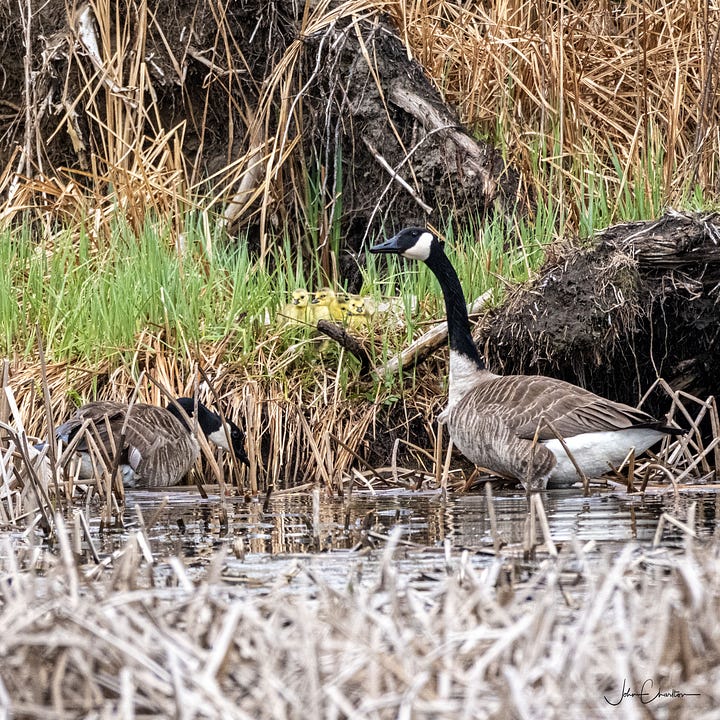
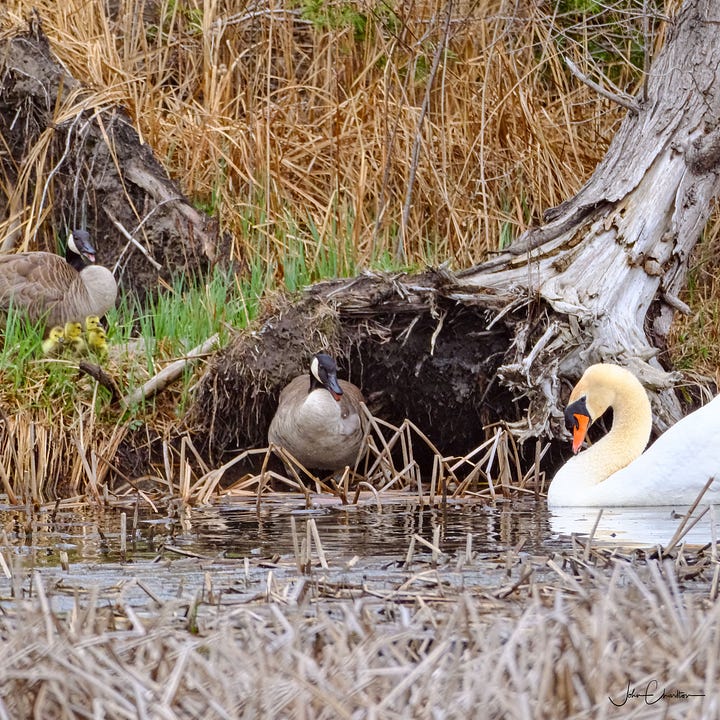
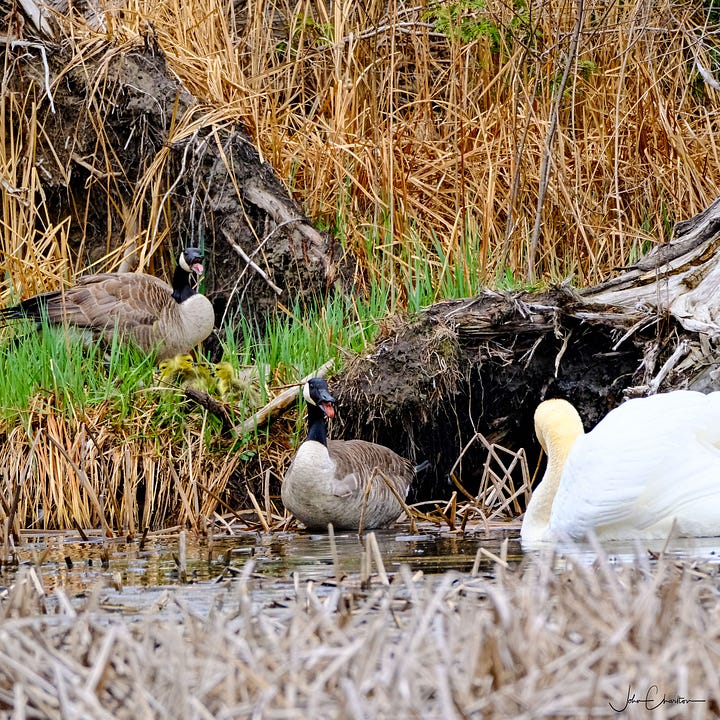
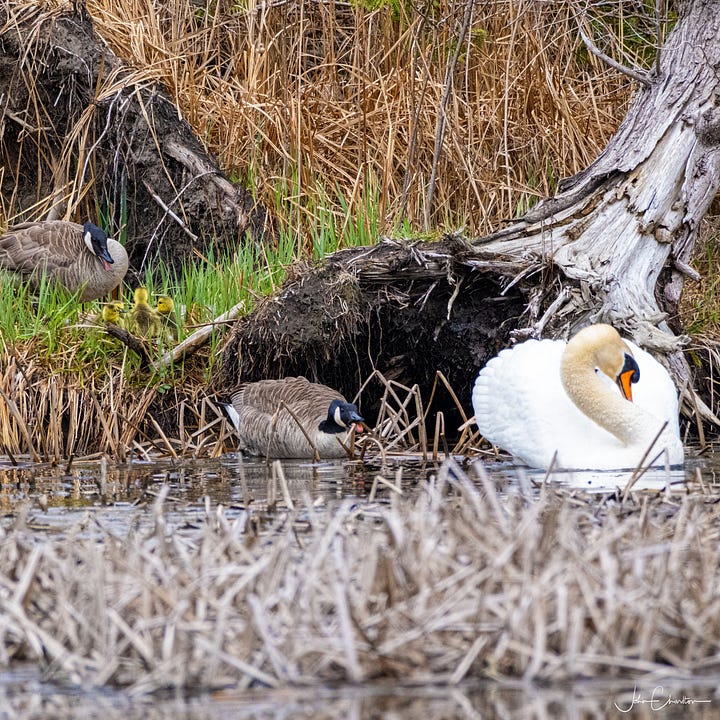
This standoff lasted for a quite awhile and we moved away from the ongoing drama and took a seat on one of the benches. All of a sudden there was a loud commotion with much splashing and honking. When we looked up to see, the goose had led the swan away from the brood, flying towards us effectively luring the menacing bird away from his family. The threat seemed to be mostly show, but the swan had been ousted from the immediate proximity of the young family and it seemed order had been restored.
Shortly thereafter, the swan went back to doing what it does best. Feeding off the bottom of the pond. Upside down swans and geese are a common sight at the sanctuary. Every few seconds, a bird will upend itself, feeding on vegetation growing below. The swan uses its webbed feet to hold this position while its long neck moves around vacuuming up the good stuff.
The drama over and with the sun setting, we decided it was time to leave the sanctuary. My friend was equally impressed with the site and I would encourage you to seek out Nawautin Nature Sanctuary if you are ever in the neighbourhood of Grafton, Ontario. Definitely worth a side trip.
Postscript: Coincidentally, my friend Andy Moeck, President of the Northumberland Photography Club, also visit the sanctuary this week and caught more drama unfolding between the swan and his Canada Geese neighbours. Would it be reading too much into the swan’s orangeness? He was hardly mute. More like a Trump swan. Link below.
Okay, that’s it for another entry in my Photo Journal. As usual, I leave you with a song. This week was a special one, in that George Rondina, aka George and the Imagination Machine, released his new single My Heroes to social media including Apple Music, Spotify and Bandcamp. George is a long time musician and talented recording engineer and is one of the fine people I have met in the past few months in the Marsden Theatre Chat Room, an online hangout associated with legendary DJ David Marsden’s Friday and Saturday evening shows on NYtheSpirit.com.
George says he wrote this song about and for the people who inspire him, including some of the people who have gone through some tough times within our group. Normal people like you and I who get knocked down but just start back over again. I almost fell off my chair the first time I heard it when Marsbar premiered it a few weeks back. George often writes songs that inspire us and lift us up. Songs like Awakening, A Northern Evening, Dancing on a Highwire, True and more are worth seeking out. George too has seen his share of heartaches and setbacks as have we all.
This song is for anyone who finds adversity in your life and yet finds the courage to carry on. You are my heroes too.
Special guest on this track is Jim McCarty of the Yardbirds. George has worked with many well known artists over the years.





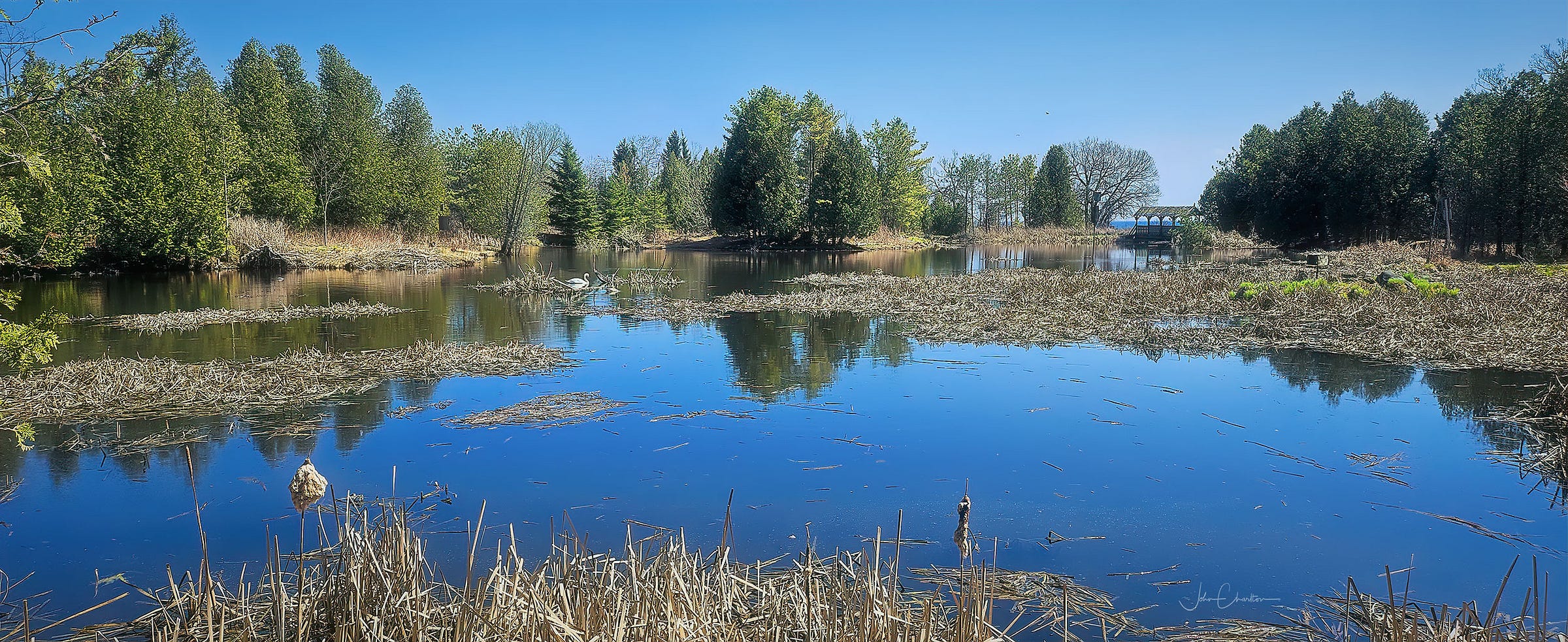
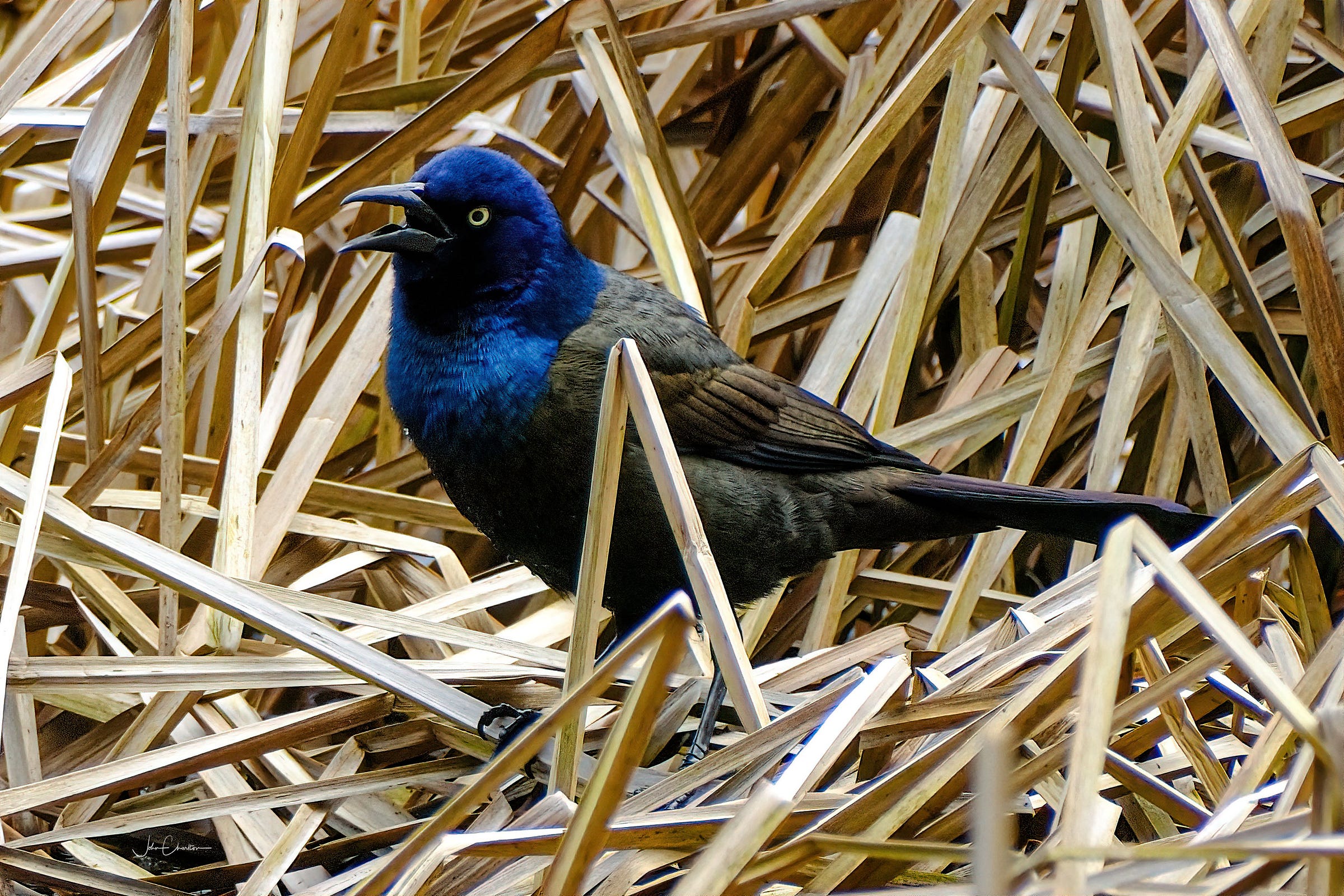
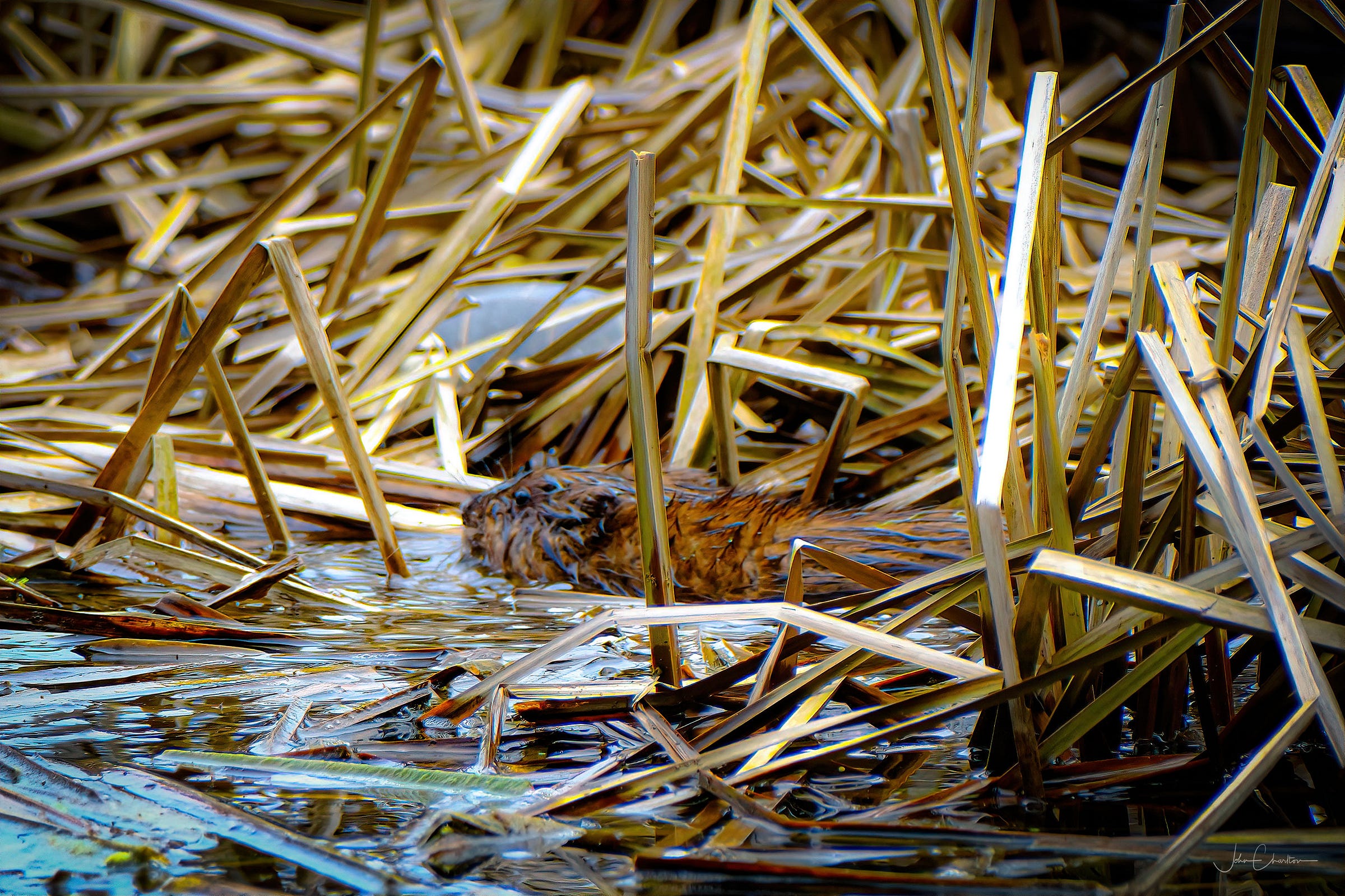
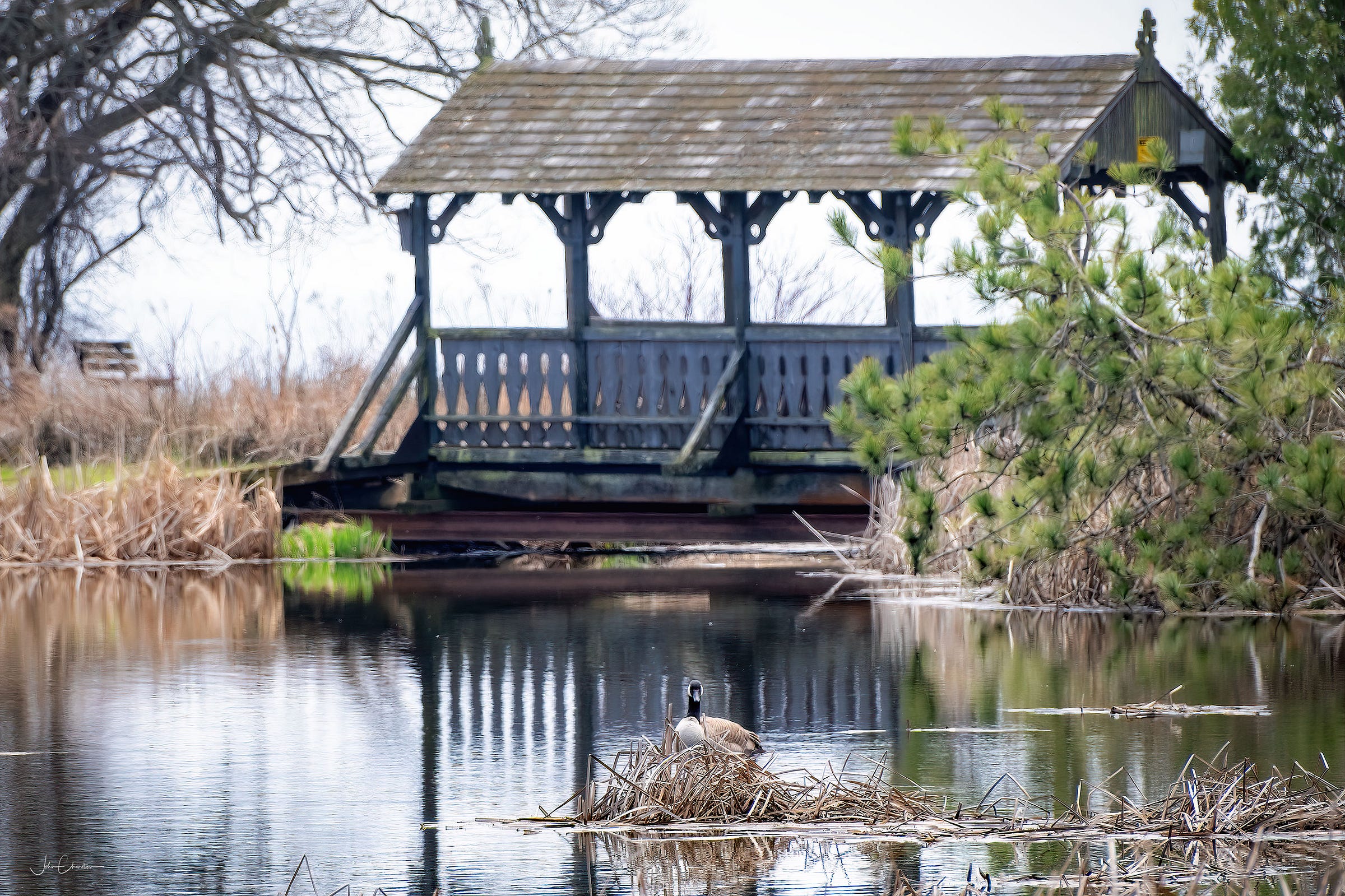
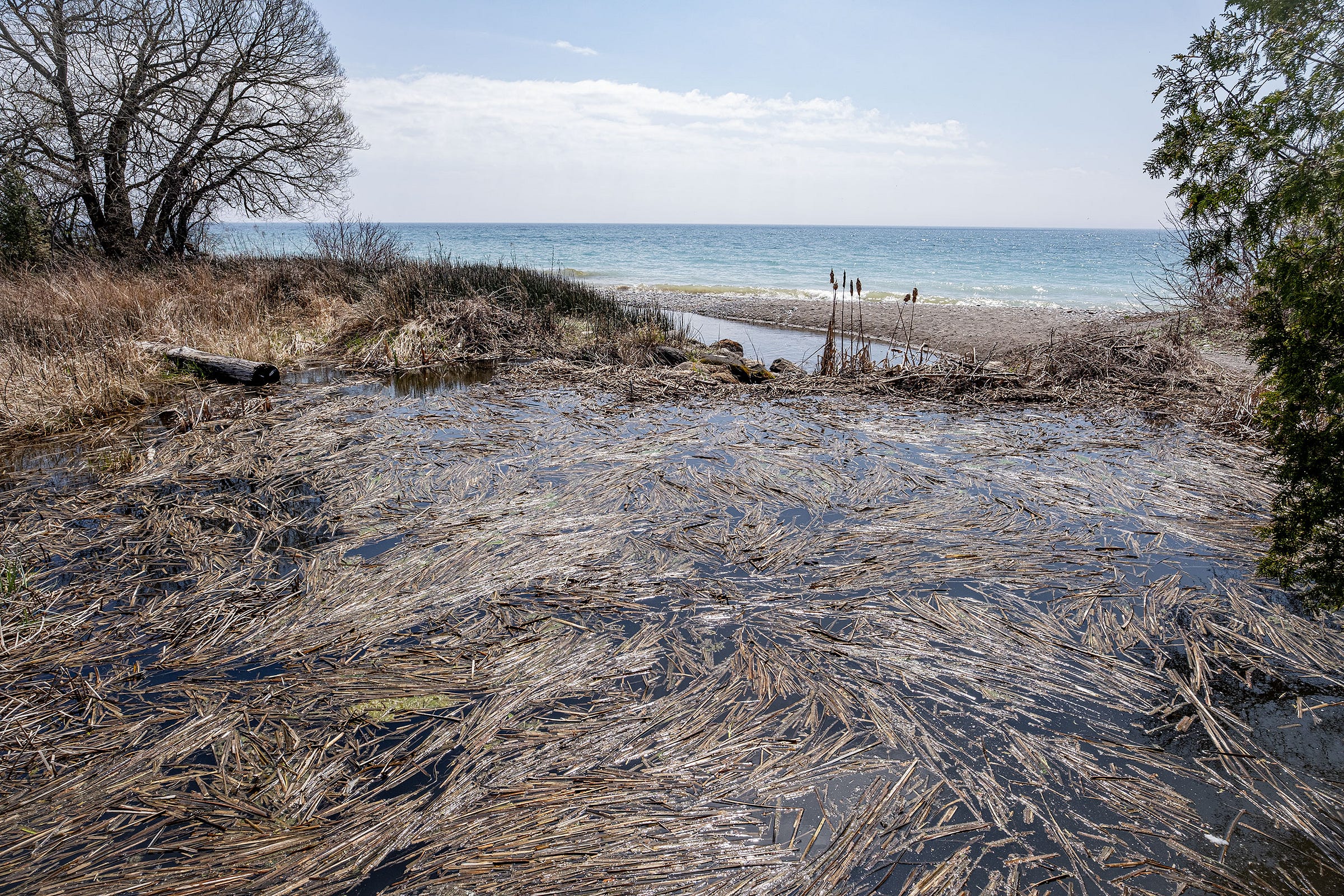
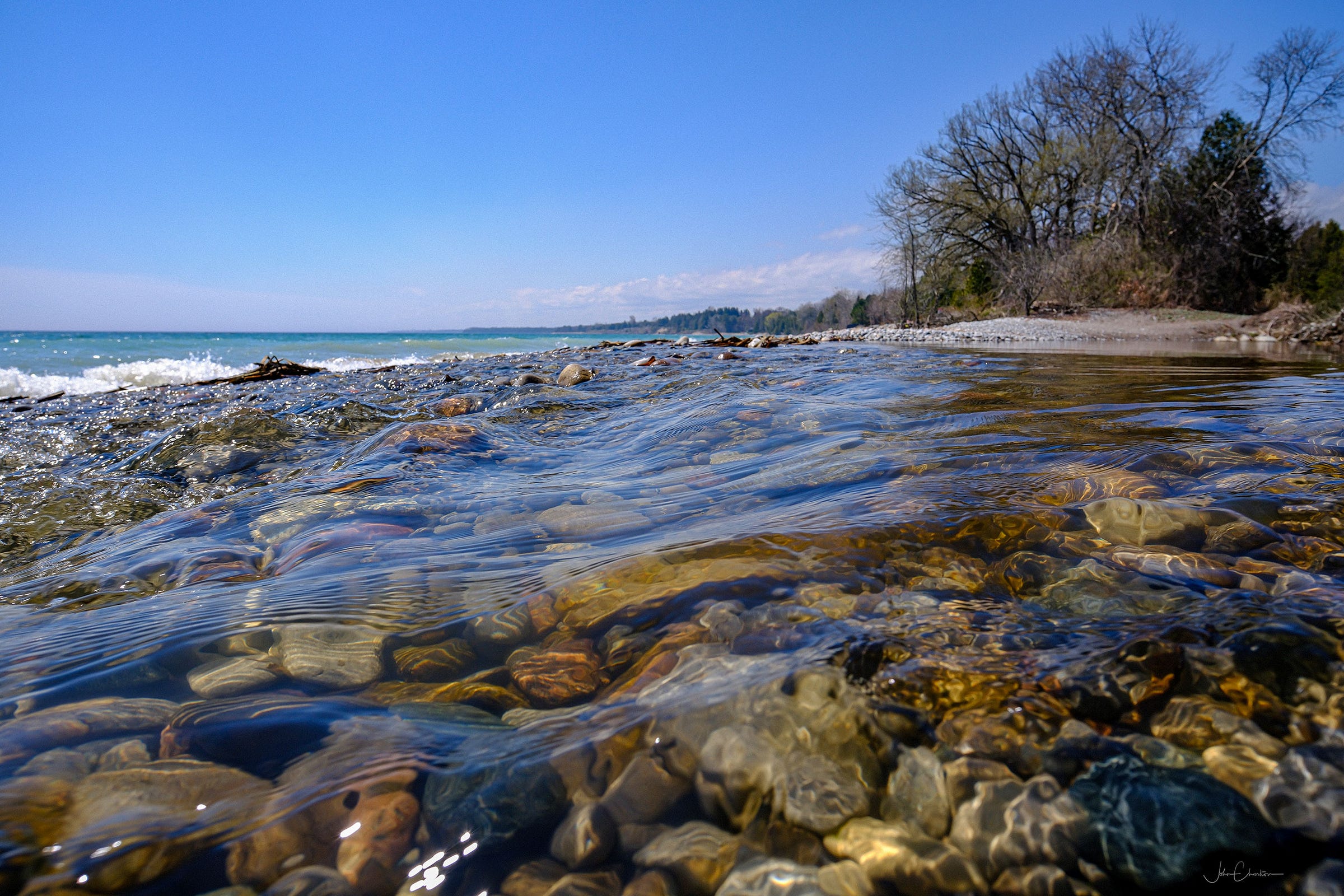
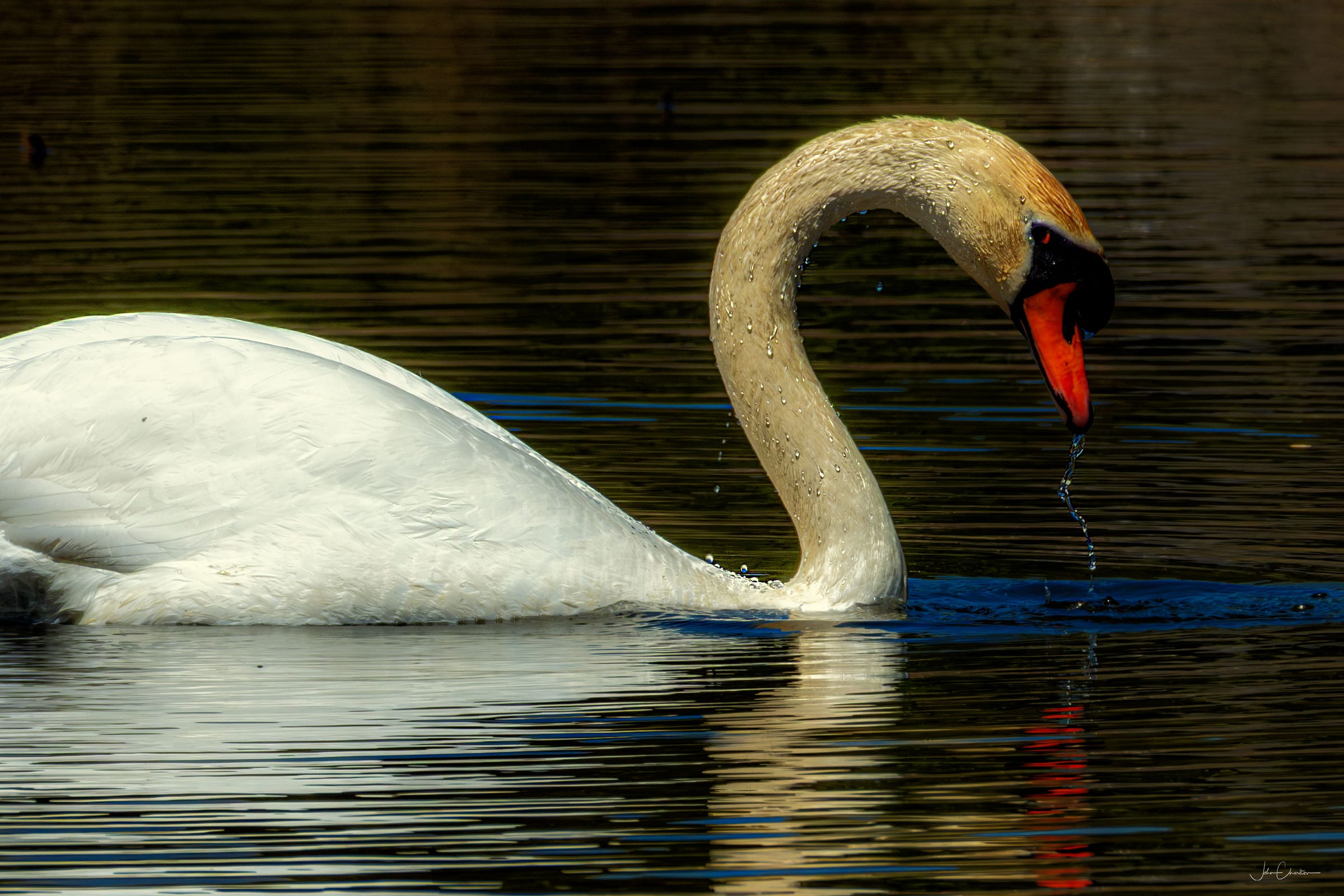
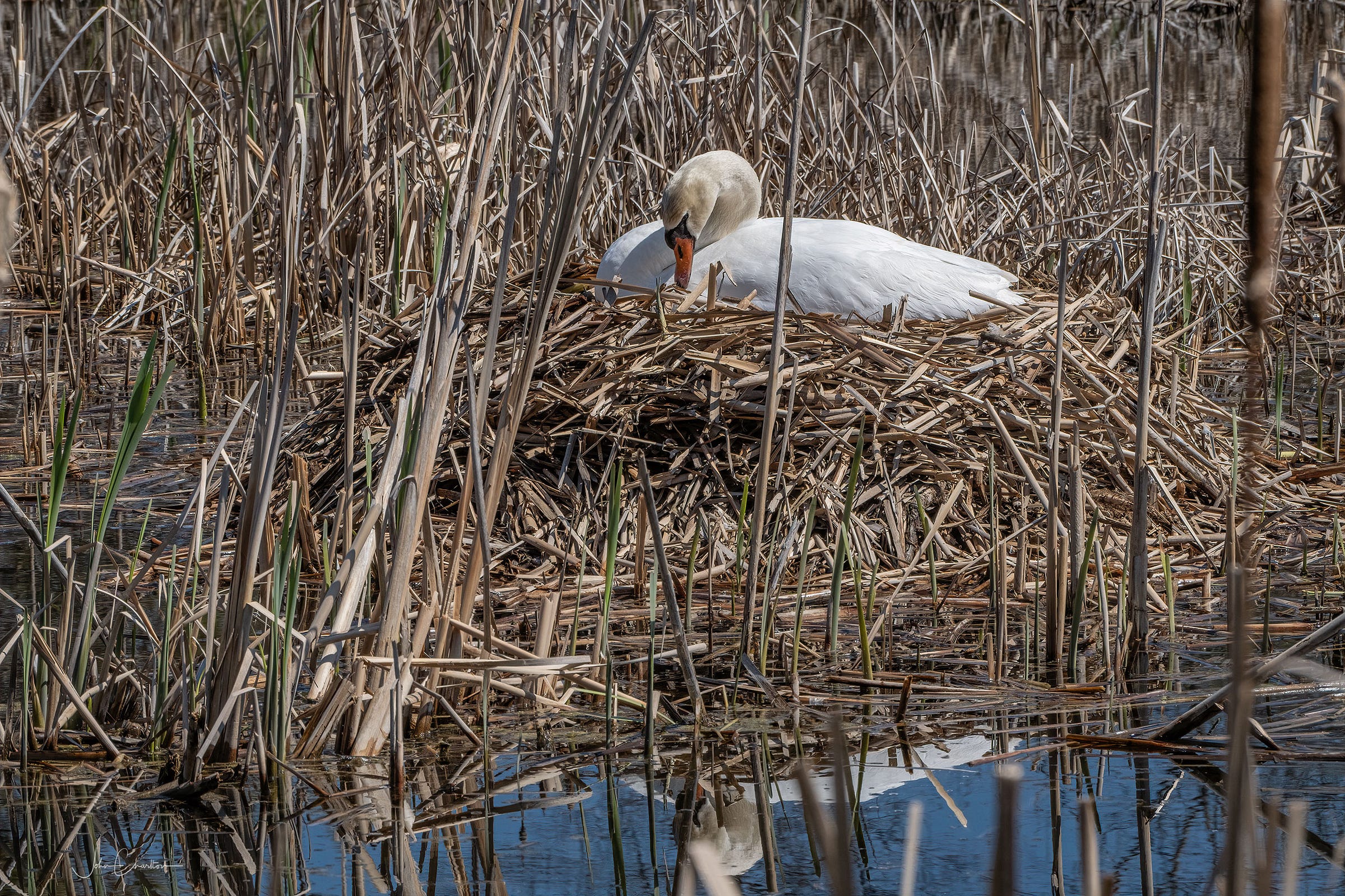
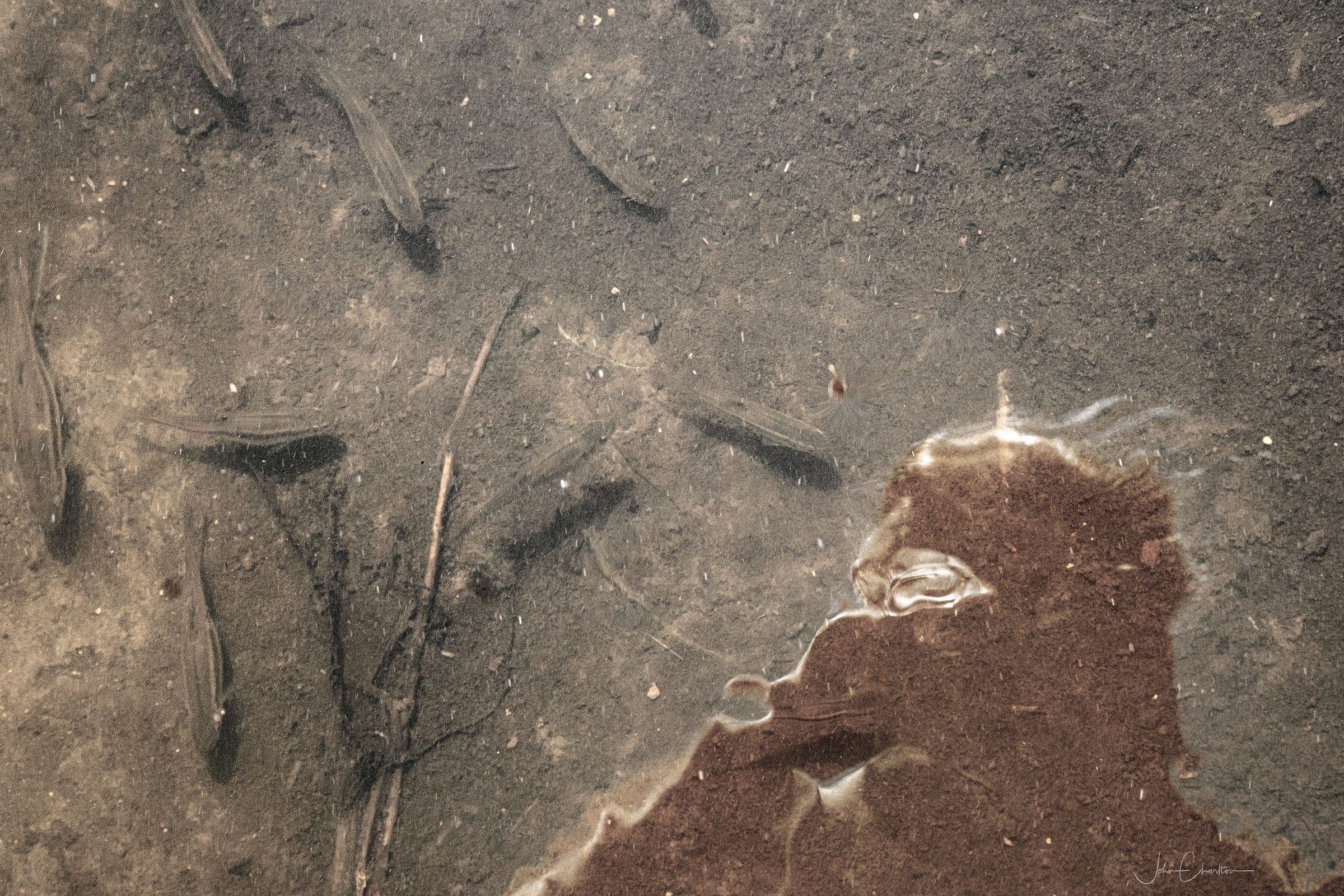
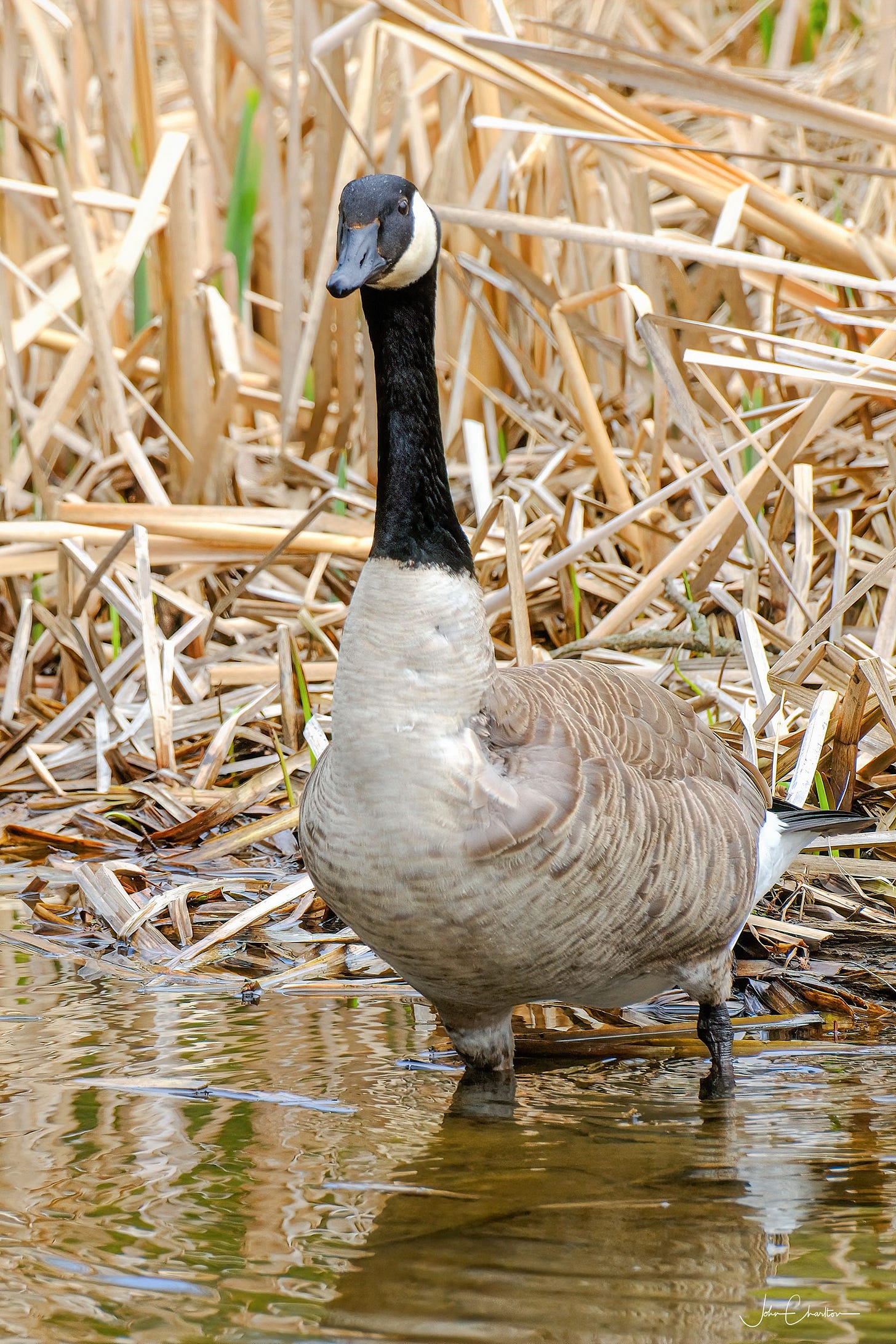
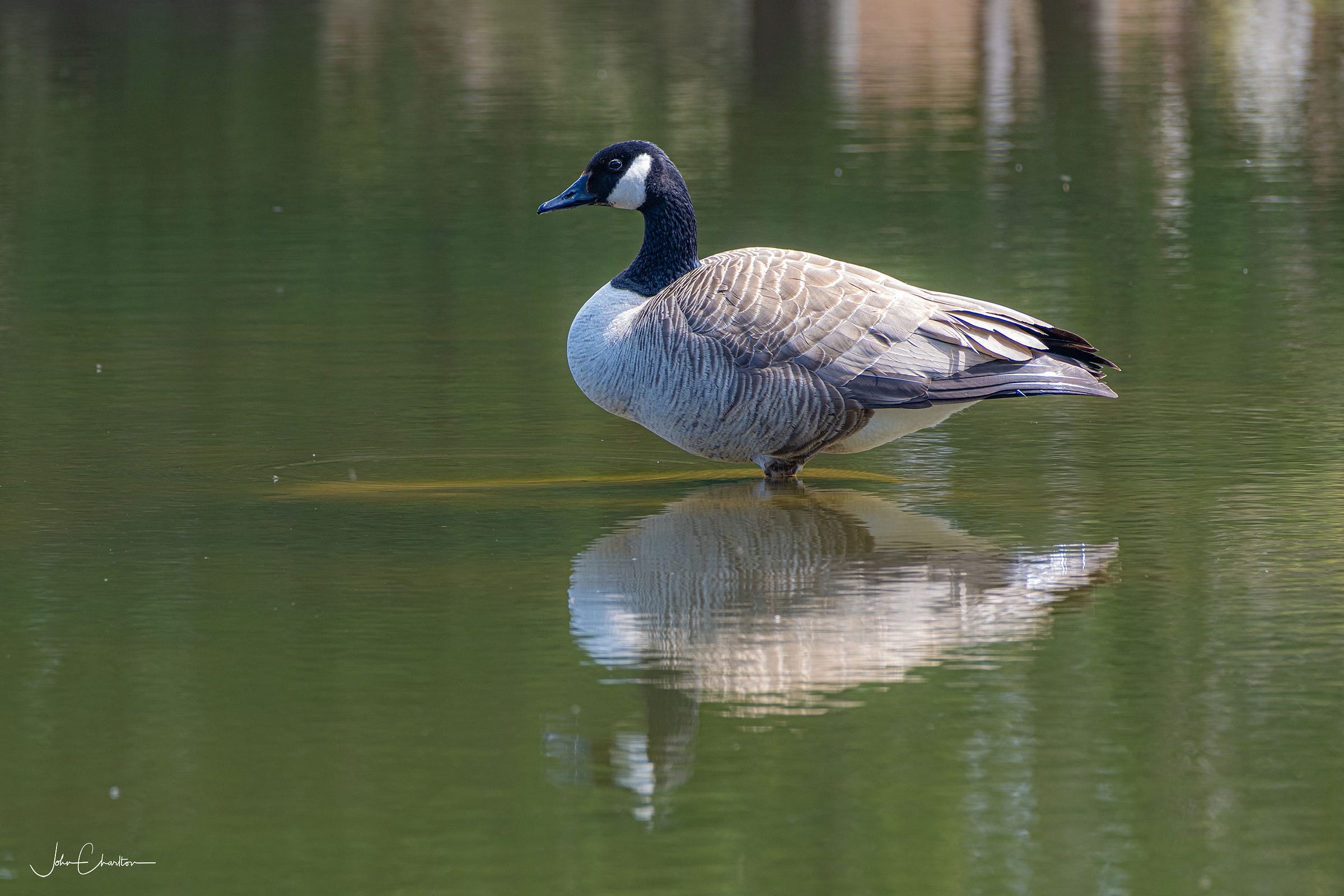

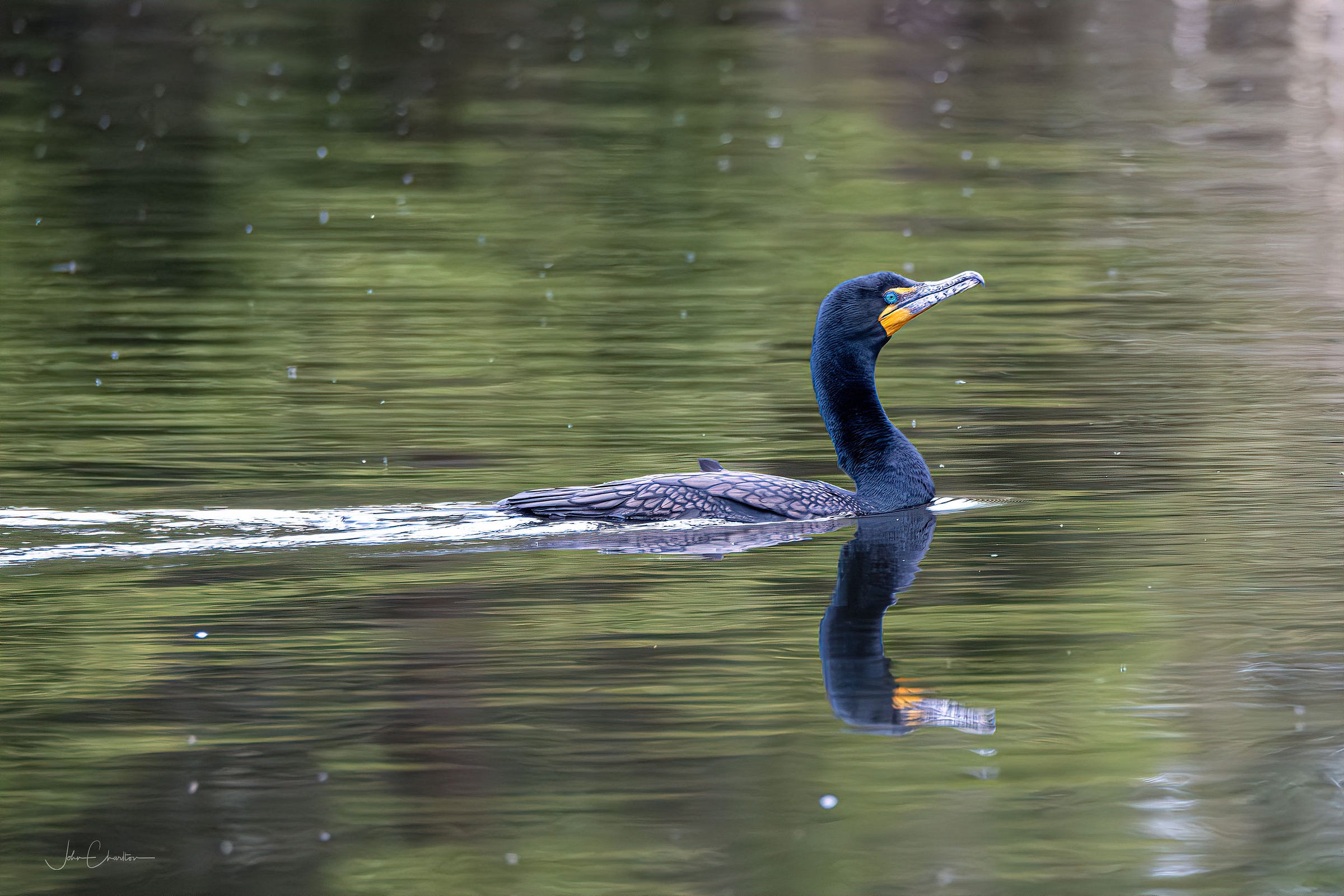
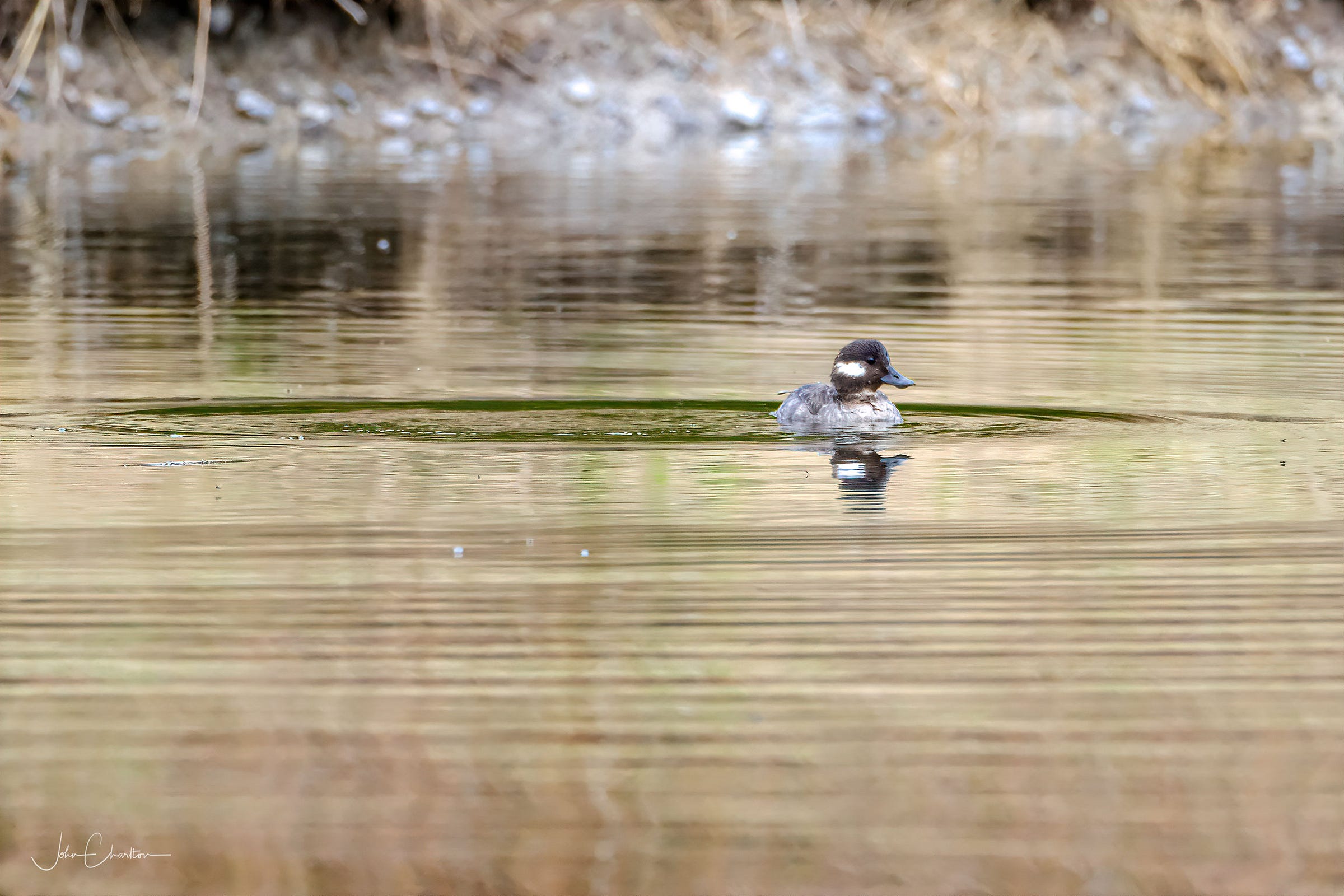
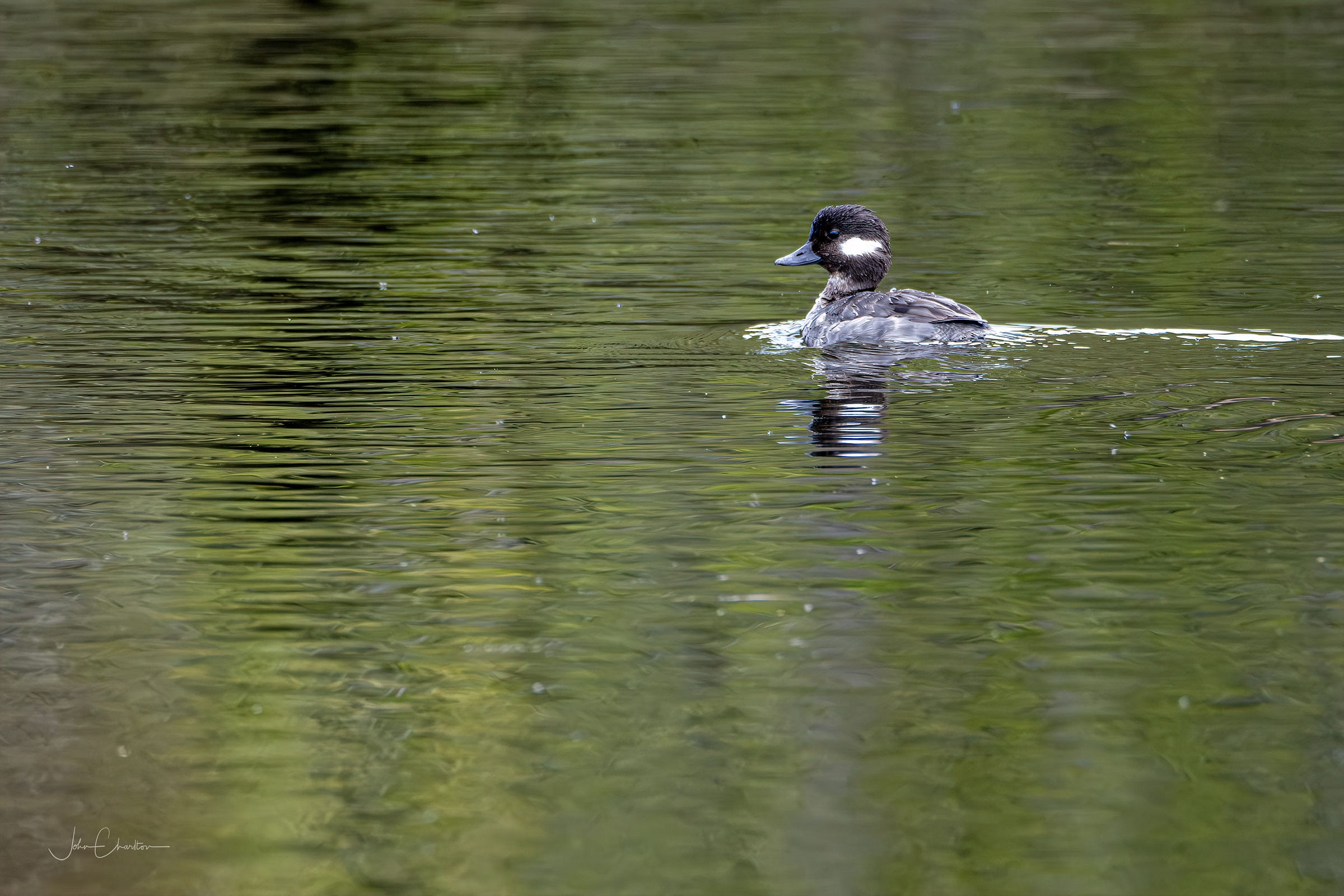
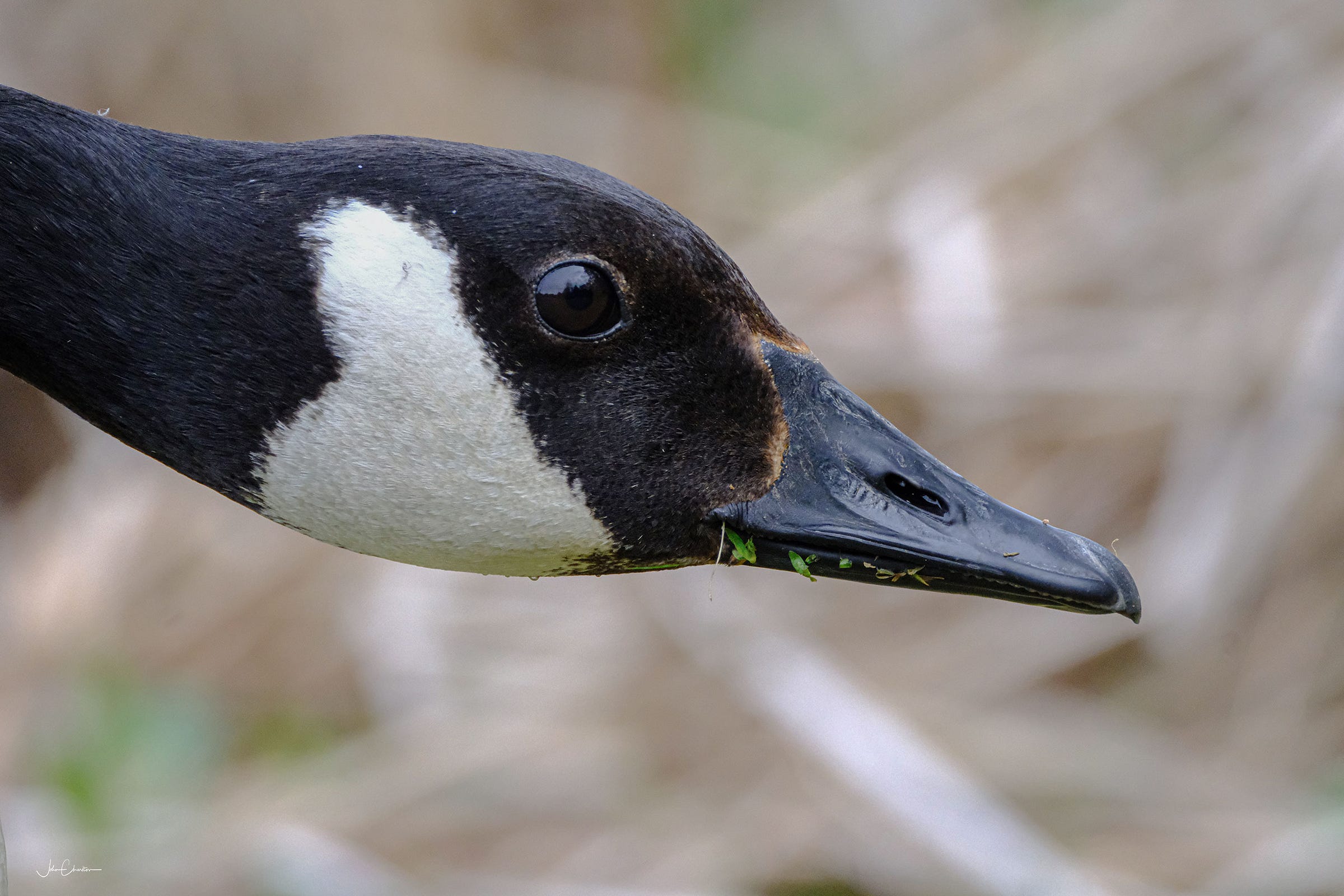
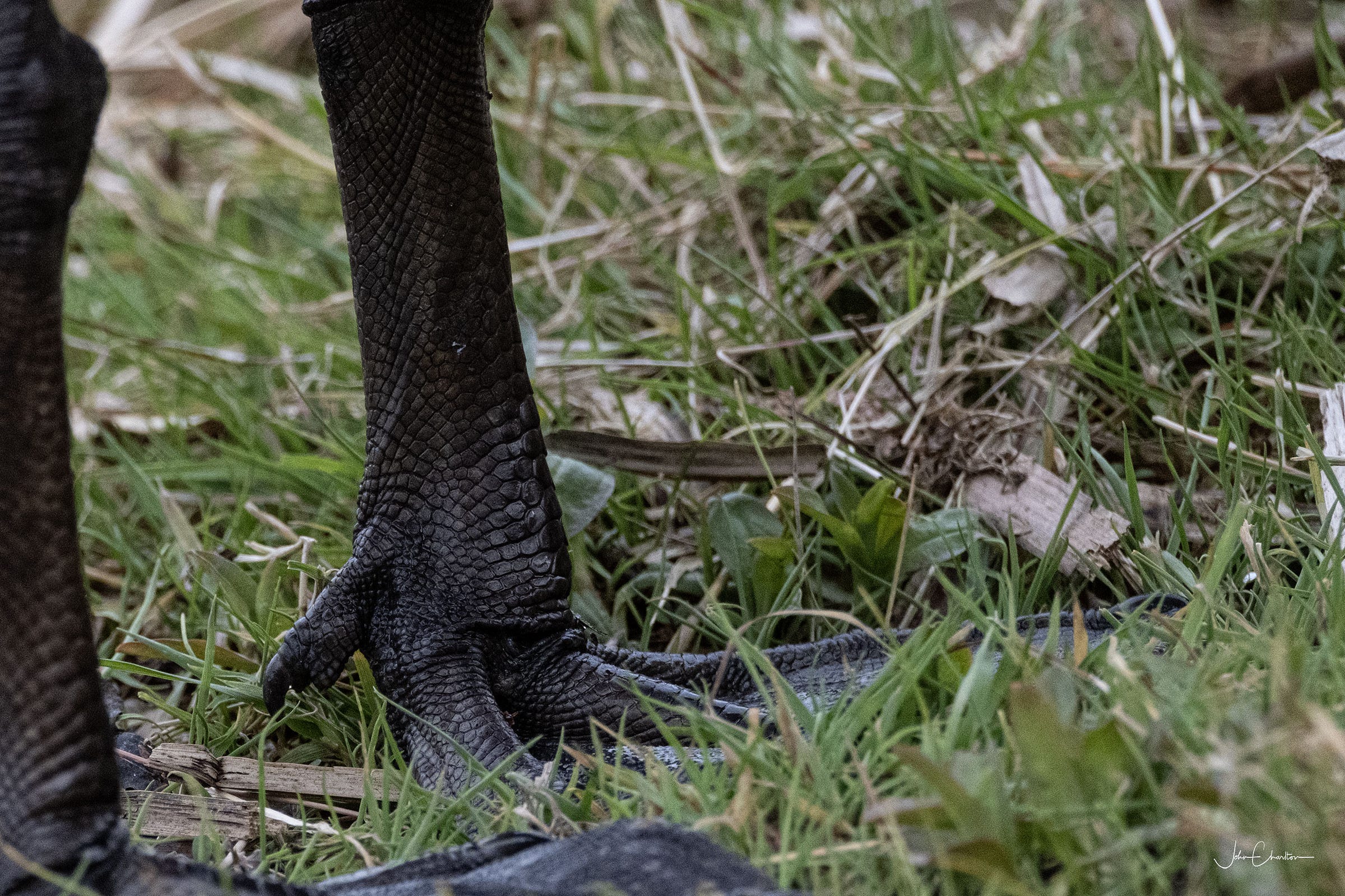
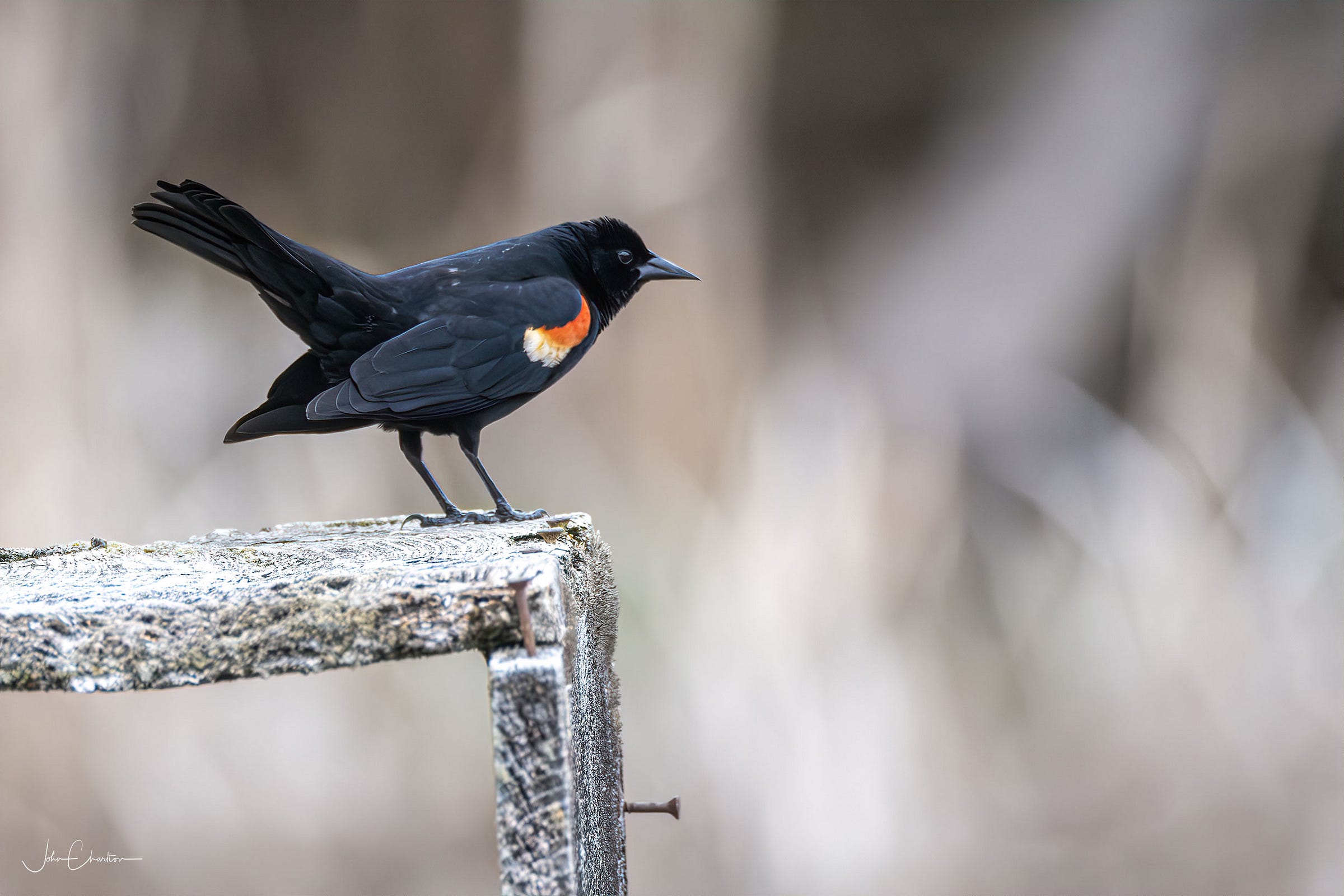


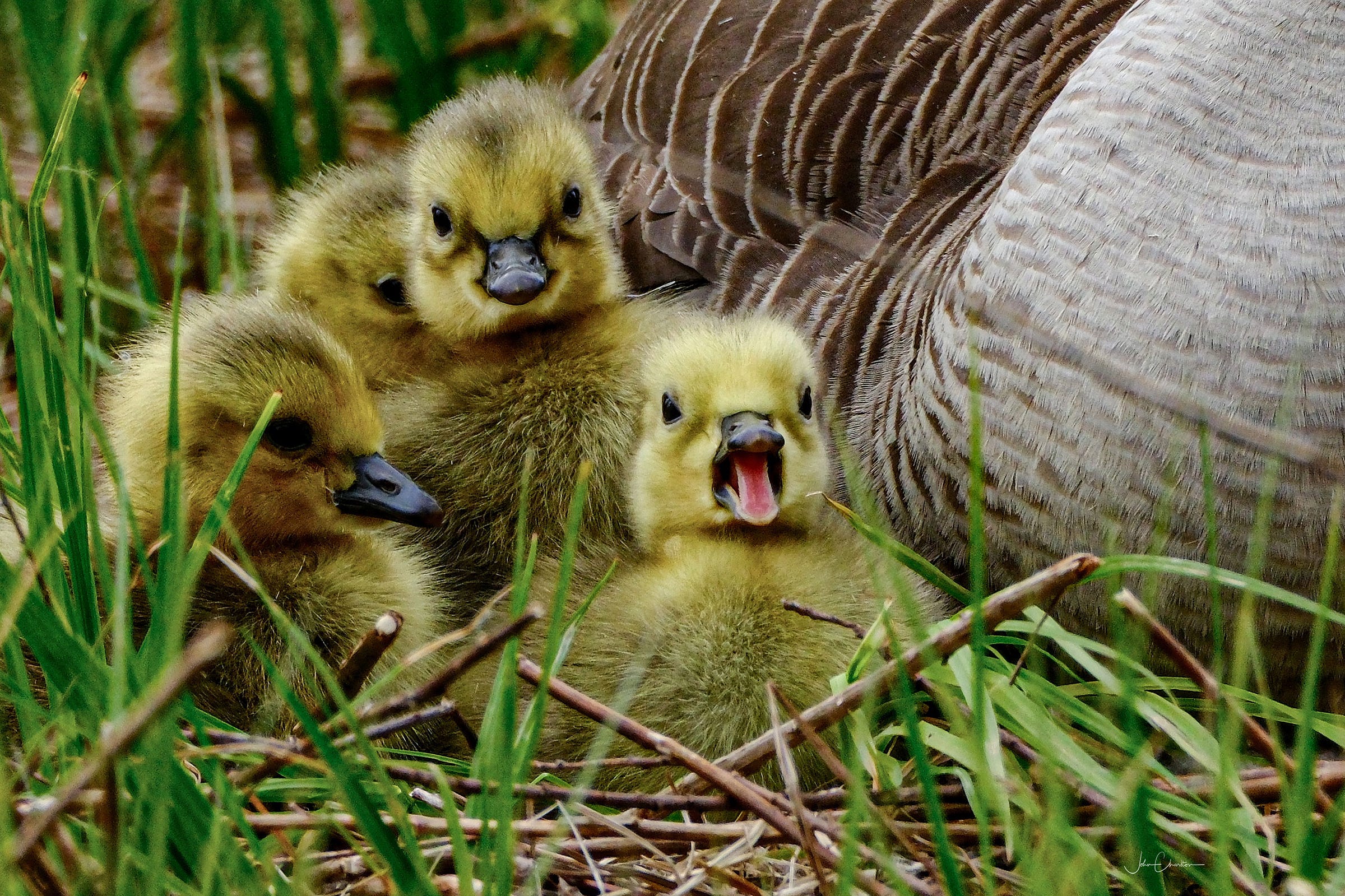
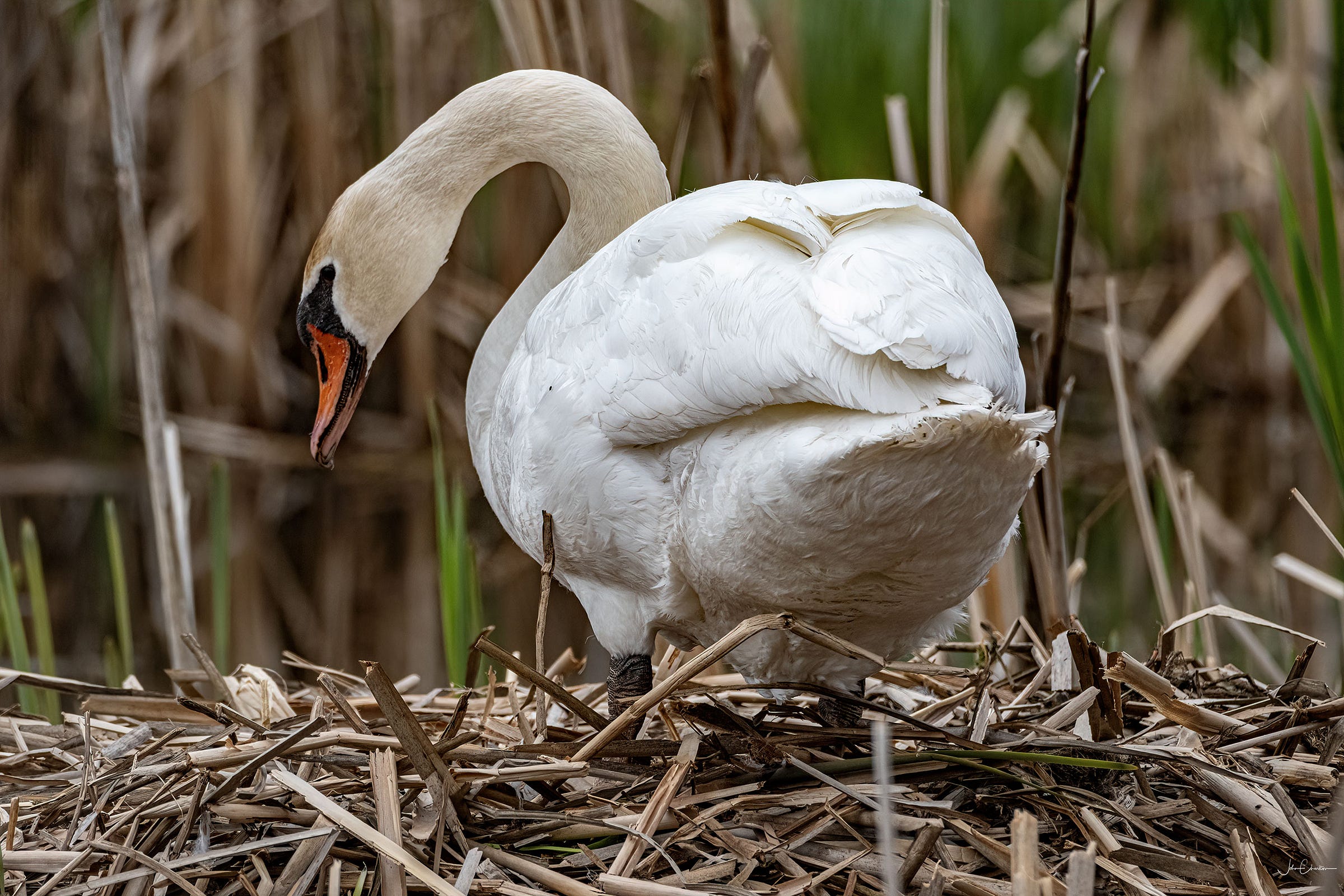

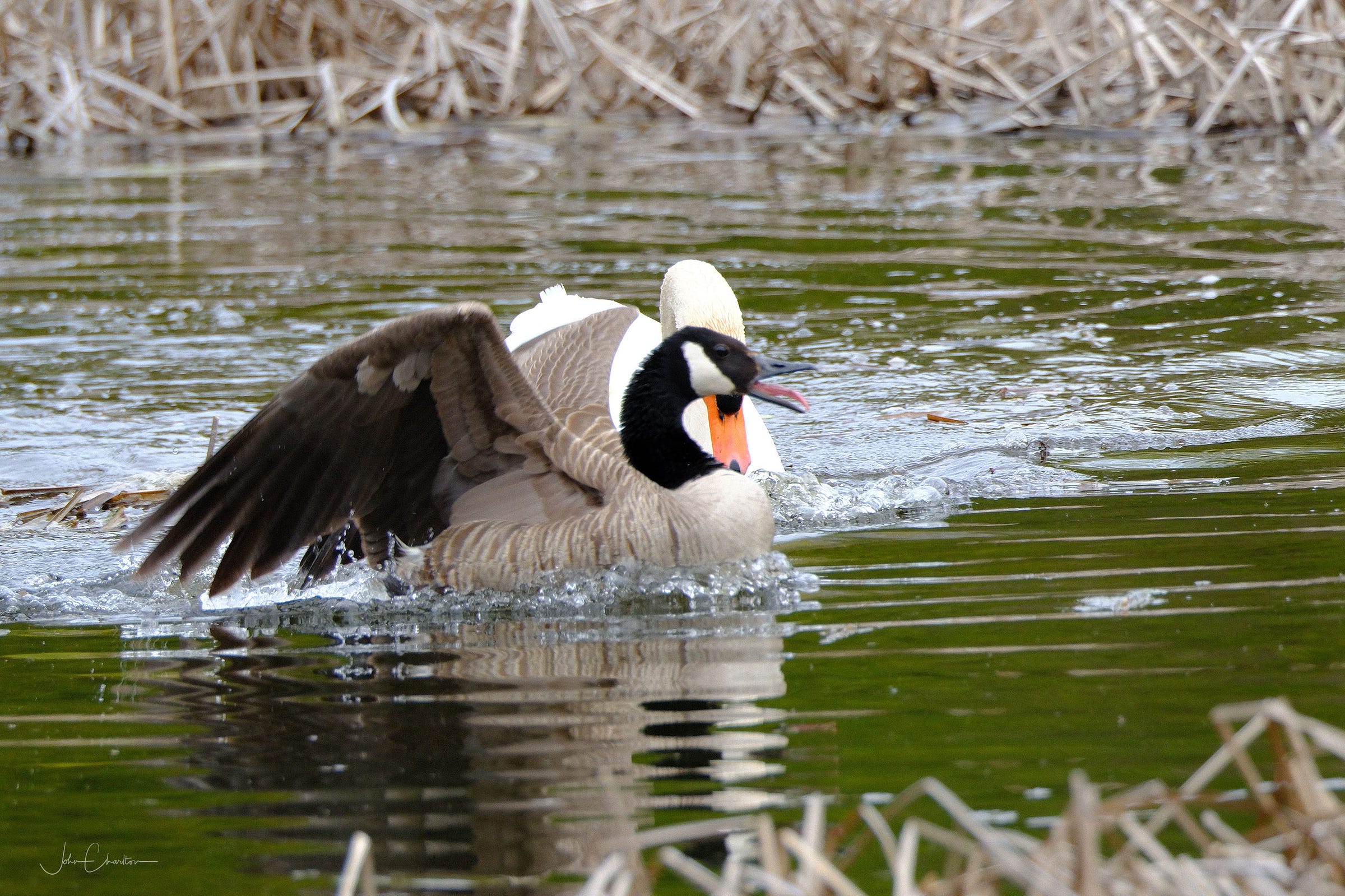
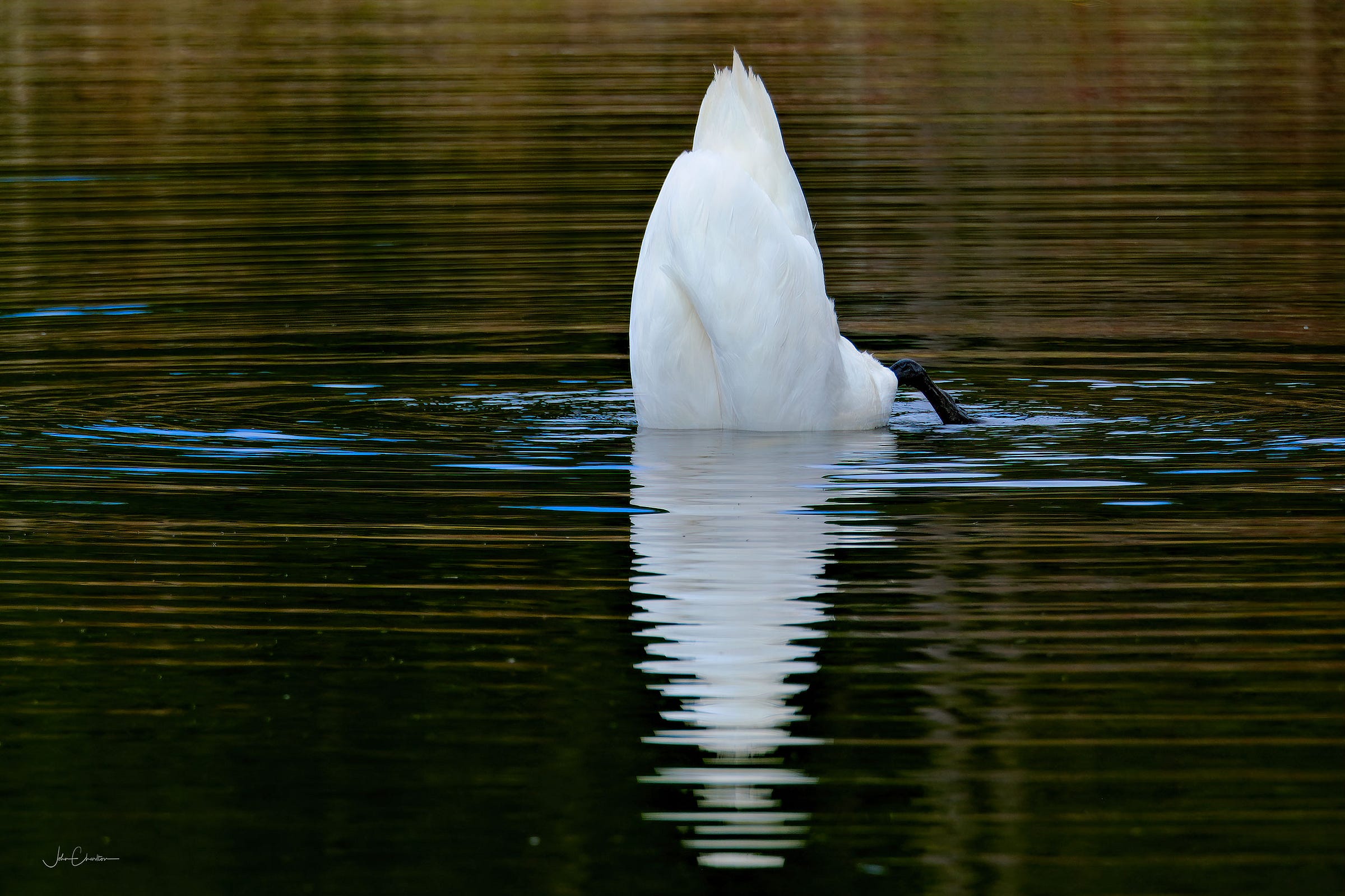

I have always thought that whoever names birds shortchanged the common grackle
That spot sounds perfect for a peaceful walk observing lake-life. The mute swan is our most common swan in UK - often living on rivers in towns and on public park lakes. The males ( a male is a cob) are well known to be aggressive in breeding season, very territorial. Kids are always warned against feeding or approaching them with “don’t get close to the male, their wings can break a man’s arm!” I think that may be so. An enjoyable read and super photographs as usual John.